Lately, the kids have been finding frogs and toads around the garden. One frog stumped me. When trying to identify it, I thought it couldn’t be a Pacific chorus frog because it wasn’t green. Then I found out Pacific chorus frogs could also be brown! Bingo!
Pacific chorus frogs (Pseudacris regilla) are also called the Northern Pacific tree frog and Northwest chorus frog.
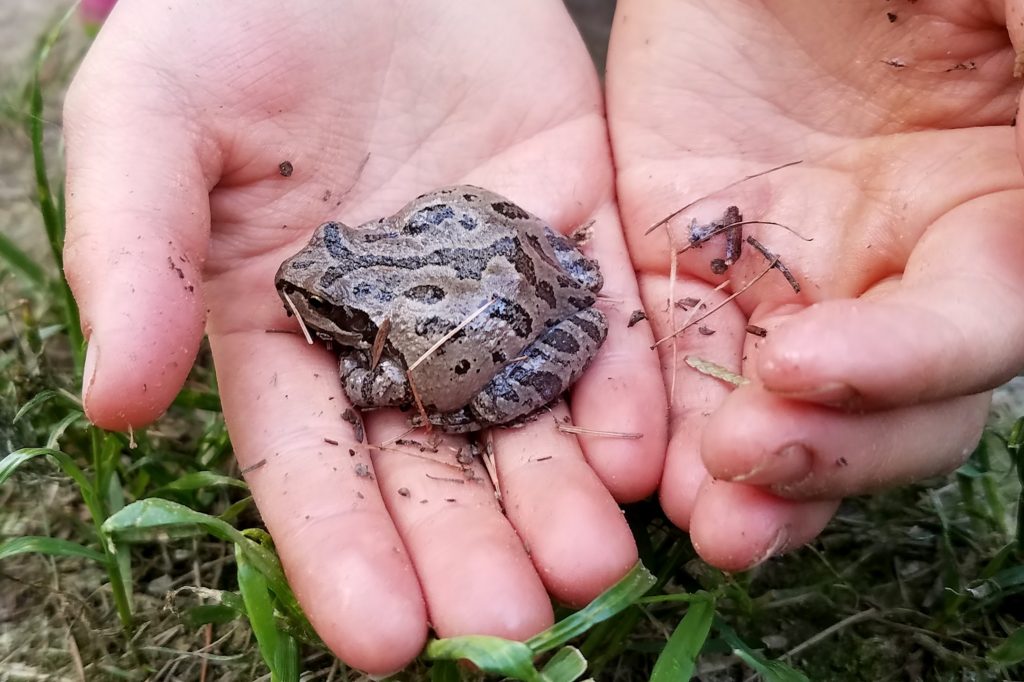
Pacific chorus frogs have highly variable coloring including green, brown, red and gray. One distinguishing feature that sets it apart from other frogs is the dark stripe across the eye that extends to above the shoulder.
The Pacific chorus frog can change color from brown to green seasonally based on background brightness according to the San Fransisco Zoo. The green color morph is advantageous in cold and aquatic habitats where the frog may need to absorb more solar radiation (they are cold-blooded). The brown morph is favorable is terrestrial habitats that are drier and hotter because the brown would absorb less solar radiation.
If you’re lucky enough to see the toe pads, the other distinguishing feature is the rounded toe pads that help them climb trees by acting like suction cups. The Pacific chorus frog is the only small frog in Idaho with the enlarged toe pads.
Pacific chorus frogs are found in western and northern Idaho. However, their overall range extends from California to British Columbia and from the Pacific Coast into Montana and Nevada.
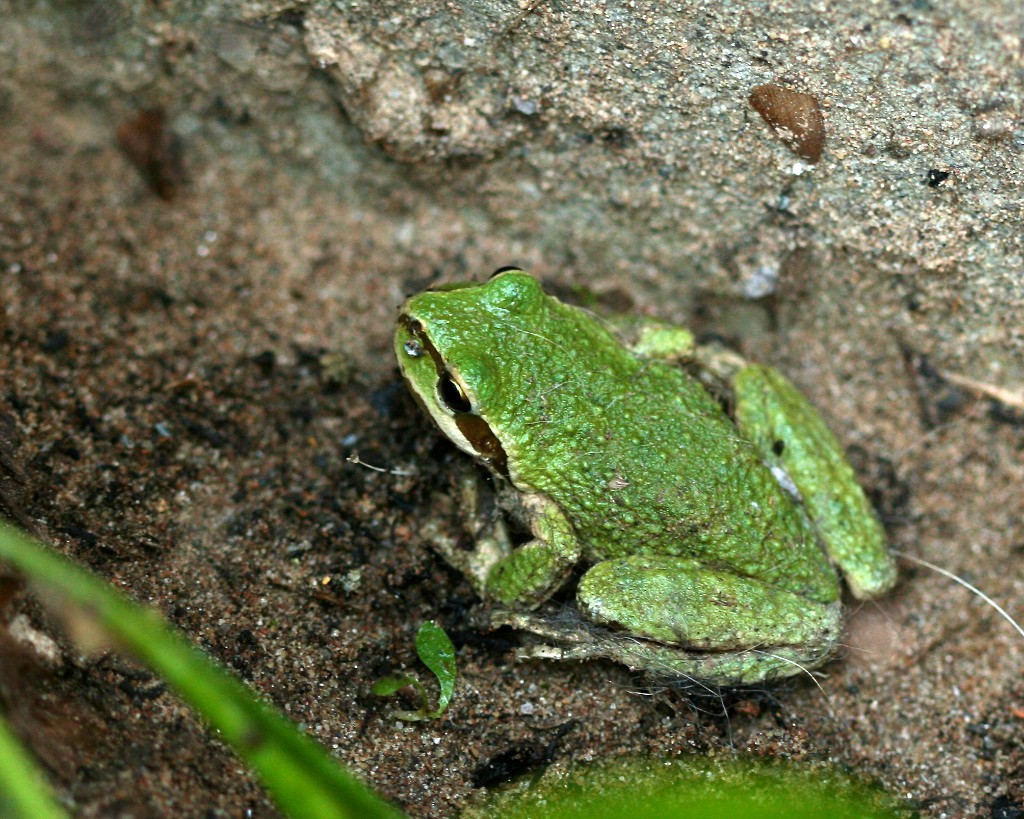
I’m thinking having frogs around the garden is good. They eat beetles, flies, spiders, ants, slugs and other invertebrates with their long, sticky-ended tongue.
No pond is nearby, but Pacific chorus frogs are terrestrial during the non-breeding season. So hopefully the frog will stay around and help control invertebrates in the garden.

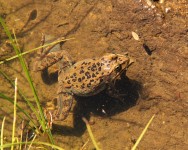
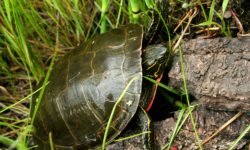
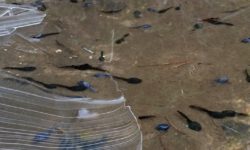
We’ve been finding these in our yard on Olive AVE in Sandpoint, ID.
I was wondering which type of frog they were! Thank you for sharing this information.
Here in Mt Hall, I saw one under a sun porch in 2022 or so.
It was a large, brown female.
This last year, the porch was demolished to build a new 2-car garage.
I wondered if the frog survived the changes.
In late July 2024, I found a large, female frog in the basement of the home where it had been living for months. I released it outside near thick vegetation.
Is she the same frog that formerly lived under the sun porch??
Possibly. According to Oregon Fish and Wildlife, wild Pacific Chorus frogs live two years on average as adults.